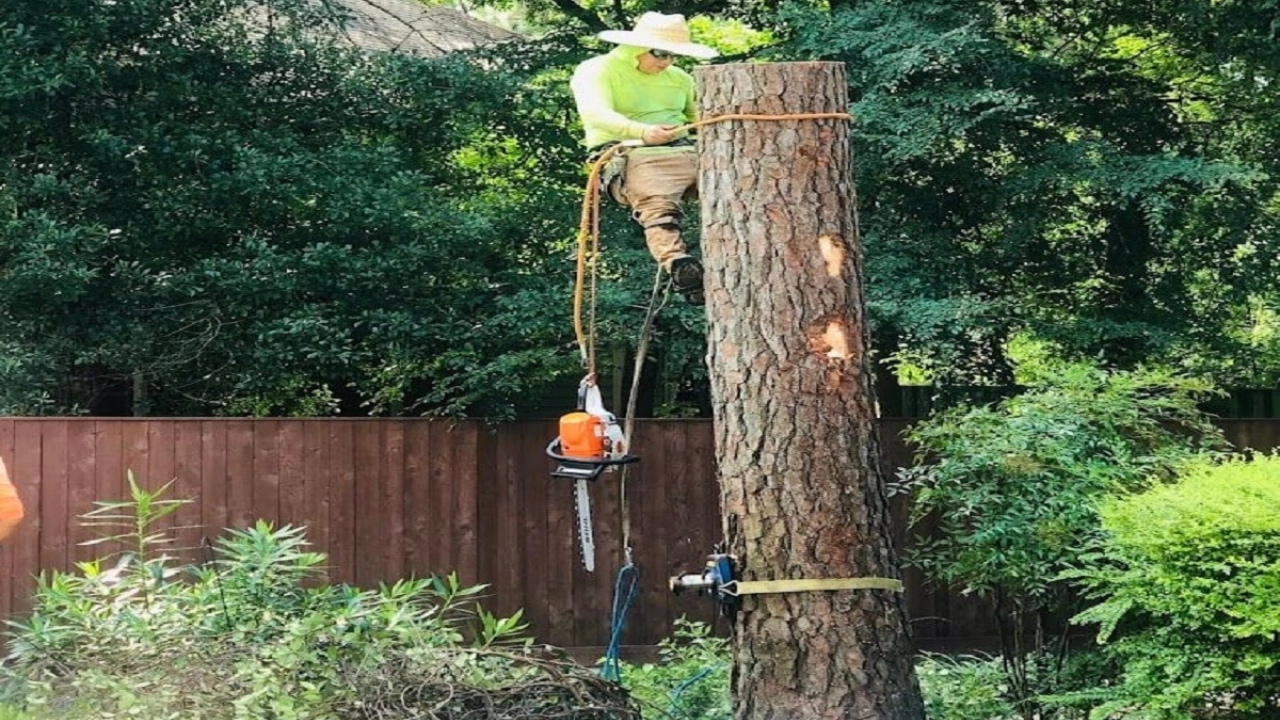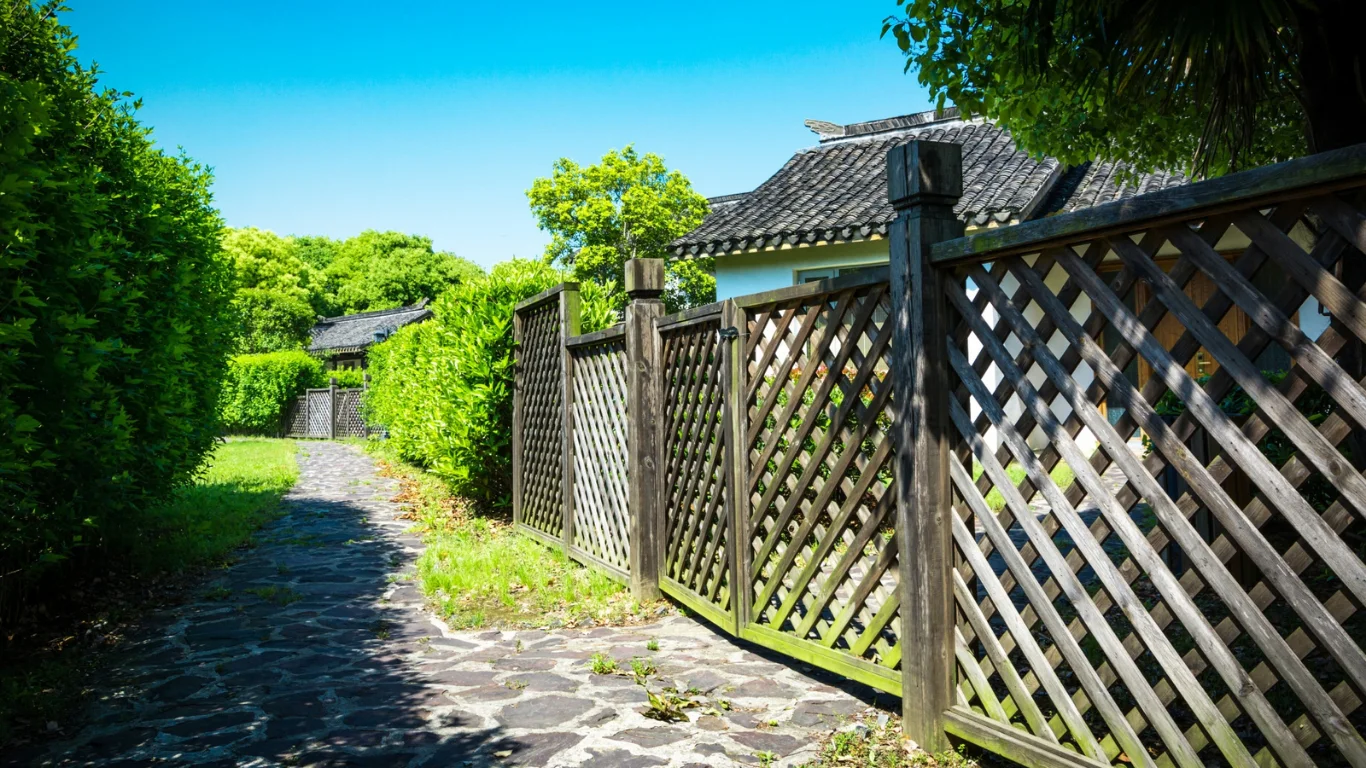Trees are one of Houston’s greatest natural assets. They provide shade during our hot summers, improve air quality, enhance property value, and create a beautiful outdoor environment. However, like any living thing, trees require regular care to remain strong and healthy. One of the most essential parts of tree care is trimming, which not only keeps trees looking neat but also protects them from disease and structural damage.
If you live in Houston, TX, you may be wondering: When is the best time to trim trees here? The answer depends on Houston’s climate, tree species, and seasonal conditions. In this article, we’ll dive deep into the ideal times of year for tree trimming in Houston, why timing matters, and how proper care ensures your trees thrive for decades.
Why Tree Trimming Matters in Houston
Tree trimming is not just about appearance—it’s about health, safety, and long-term growth. Here’s why trimming is especially important in Houston:
1. Disease Prevention
Houston’s humid subtropical climate makes trees more susceptible to fungal diseases and insect infestations. Trimming at the wrong time can leave open wounds that attract pests and pathogens. Proper seasonal trimming reduces those risks.
2. Storm Preparation
Anyone living in Houston knows how common storms, heavy rains, and even hurricanes can be. Weak or dead branches pose a serious hazard to homes, cars, and people during strong winds. Trimming before storm season greatly minimizes those risks.
3. Healthy Growth
Like humans, trees benefit from routine maintenance. Strategic trimming encourages stronger structure, more balanced growth, and better resistance against environmental stress.
4. Aesthetic Appeal
Well-trimmed trees make a property look clean and welcoming. For homeowners in Houston’s competitive real estate market, good landscaping (including tree care) can add significant curb appeal and property value.
Best Time of Year to Trim Trees in Houston
The best time to trim most trees in Houston is during late fall and winter, specifically between November and February. During this period, trees are dormant, meaning they aren’t actively growing. Trimming during dormancy comes with several benefits:
- Reduced risk of disease: Many tree diseases, such as oak wilt, are less active in the cooler months.
- Faster healing: Since trees aren’t directing energy toward new leaves or flowers, they heal pruning wounds more efficiently.
- Improved visibility: With fewer or no leaves, arborists can easily see the structure of the tree, making precise trimming possible.
- Less stress on trees: Cooler weather reduces water loss and minimizes stress on the tree after trimming.
This seasonal approach ensures trees remain healthy while preparing them for vigorous growth once spring arrives.
Why Late Fall and Winter Are Ideal
Let’s break down exactly why these months are best for trimming trees in Houston:
Reduced Risk of Disease & Pests
Houston’s warm climate makes tree diseases a year-round concern. However, many harmful pathogens and pests slow down during winter. Trimming when insect activity is low reduces the chance of infections spreading through fresh cuts.
Faster Recovery
During dormancy, trees store energy in their roots. Trimming in this phase allows the tree to focus all its energy on producing strong new growth in spring, instead of wasting it on repairing wounds during the active season.
Better Structural Assessment
When leaves fall, arborists can clearly see crossing, dead, or weak branches. This helps them remove problematic limbs and shape the tree more effectively, improving both safety and aesthetics.
Less Environmental Stress
Summers in Houston can be brutally hot. Trimming during those months can shock a tree by removing too many leaves, which are essential for photosynthesis. By trimming in cooler months, you reduce water loss and stress.
Tree-Specific Trimming Guidelines for Houston
Not all trees are the same. Different species common in Houston require trimming at different times. Here’s a quick guide:
- Oak Trees: Must be trimmed only in late fall through early spring (ideally December–February) to reduce the risk of oak wilt, a deadly fungal disease.
- Maple Trees: Avoid trimming in early spring because sap flow is heavy during this time.
- Elm Trees: Best trimmed in late fall or winter to reduce the risk of Dutch elm disease.
- Magnolias: Should be trimmed only after they finish flowering to protect blooms.
- Pecan Trees: Produce the healthiest growth when pruned in late winter.
- Cedar Trees: Prune during winter to help prevent cedar-apple rust.
- Crape Myrtles: Trim in late summer or early fall for the best blooms in the following season.
Knowing your tree type is essential. If you’re unsure, consulting a certified arborist is the safest way to ensure proper care.
When NOT to Trim Trees in Houston
Just as there’s a best time to trim trees, there’s also a time to avoid it.
- Spring: This is when trees are actively growing, putting out new leaves and flowers. Trimming during this period robs them of stored energy, making them vulnerable to pests and diseases.
- Summer: Houston’s extreme heat makes trimming stressful for trees. Removing too much canopy in summer can lead to sunscald and dehydration.
Unless you’re dealing with a tree emergency (such as broken limbs after a storm), it’s best to avoid trimming during spring and summer.
Safety and Best Practices for Tree Trimming
Tree trimming may seem simple, but it’s a job that requires expertise. Here are some key best practices:
- Hire a Certified Arborist: Professionals have the knowledge and equipment to trim safely without harming the tree.
- Sanitize Tools: Always disinfect pruning tools with 70% isopropyl alcohol before and after trimming to prevent disease spread.
- Don’t Over-Prune: Never remove more than 25% of a tree’s canopy at once. Over-pruning weakens trees and leaves them vulnerable.
- Remove Dead or Dangerous Branches First: Safety should always be the top priority.
Professional Tree Care in Houston and Surrounding Areas
For homeowners and businesses in Houston, professional tree care is often the best way to ensure safe, effective, and long-lasting results. Southeast Texas Trees has over a decade of experience in tree trimming, tree removal, and land clearing services. Their team understands Houston’s climate, soil, and tree species, making them uniquely qualified to care for local landscapes.
In addition to Houston, Southeast Texas Trees proudly serves surrounding areas including Conroe, The Woodlands, and Montgomery, TX. Whether you need storm preparation, annual maintenance, or complete land clearing, their certified arborists provide expert guidance and reliable service.
If you’re specifically looking for professional trimming solutions, check out their Tree Trimming Services Houston page for more details.
Conclusion
The best time to trim trees in Houston, TX, is during the late fall and winter months, from November through February. Trimming during this dormant season helps prevent disease, reduces stress, and promotes healthier growth in spring. Different species require specific timing, so knowing your tree type—or hiring a certified arborist—is crucial.
If you want healthy, beautiful trees that thrive year after year, don’t leave trimming to guesswork. Partner with trusted professionals like Southeast Texas Trees, who provide expert care across Houston, Conroe, The Woodlands, and Montgomery. With the right care, your trees will not only survive Houston’s climate but also add lasting beauty and value to your property. Call for a Free quote today at 2816425562!







